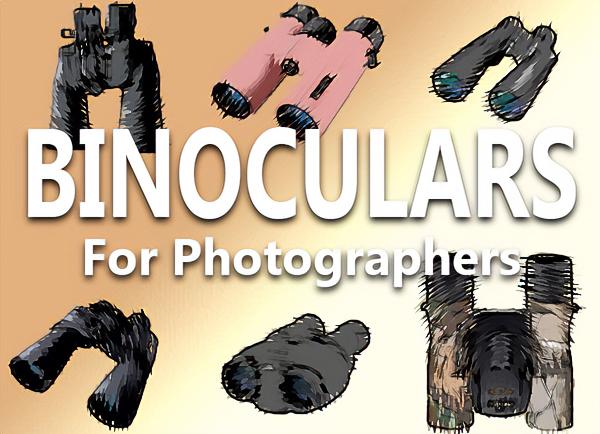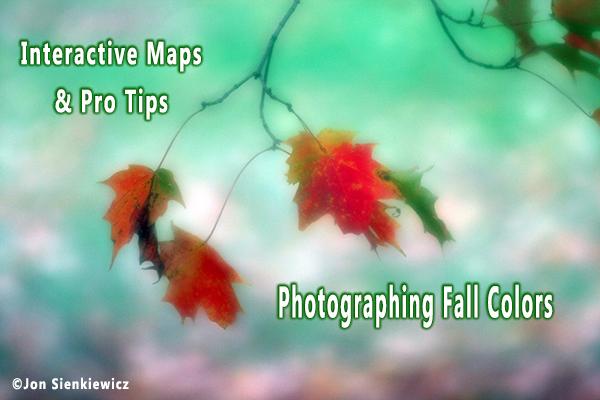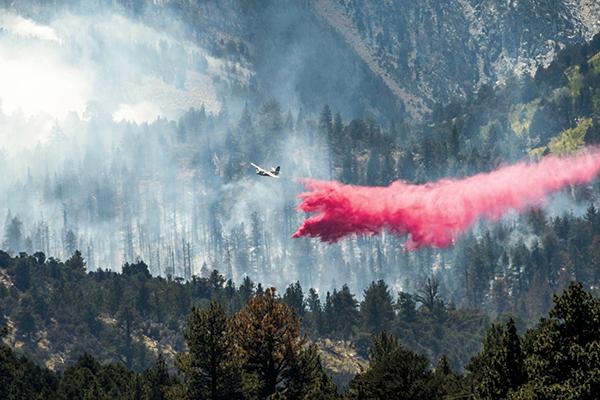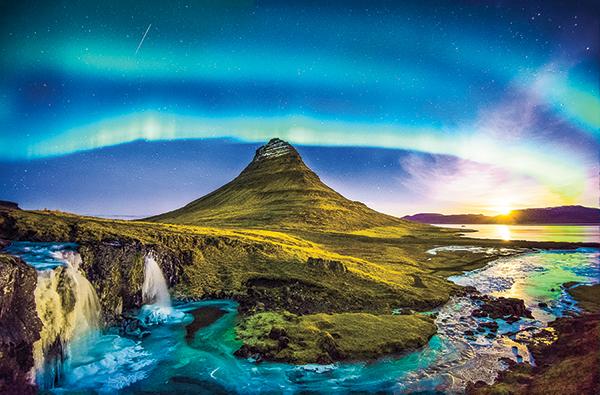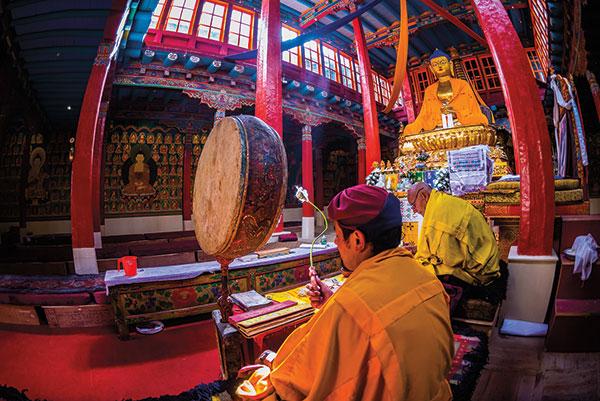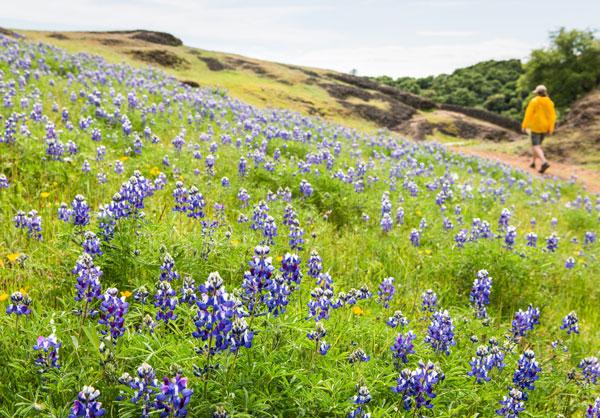|
Oct 01, 2021
|
Feb 05, 2021
|
Mar 15, 2018
|
Apr 28, 2017
|
Jan 20, 2017
|
Oct 21, 2016
|
Oct 21, 2016
|
Sep 27, 2016
|
Jul 08, 2016
|
May 17, 2016
|
May 10, 2016
|
Oct 03, 2014
|
Aug 15, 2014
|
Apr 15, 2014 |
First Published: Mar 01, 2014
